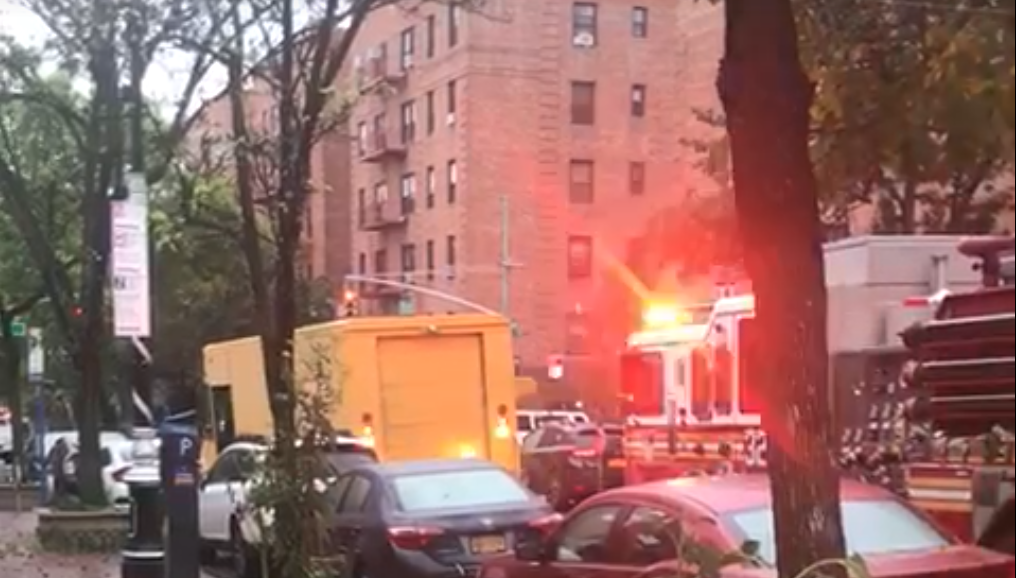Now that NYC Mayor de Blasio has reckoned with the reality of a Zero confidence in his quixotic
presidential bid-perhaps he can come back to earth on Vision Zero. The highs the lows the political hypocrisy. Hey Charles Komanoff it looks like you and that "very stable genius" in the White House
have a lot in common. Robert Moses must be rolling in his grave with mirth. Here's hoping you don't
have a bike accident and need an EMS to come a whisk you to the hospital-or maybe you don't ride a bike anymore.Don't hold your breath waiting for the responsible bike culture some wing nuts got to
Billionaire stable genius Bloomberg and current flyboy de Blasio and got them to with hold enforcement by the NYPD. Maybe you can rent a drone eh Charlie?
SUICIDE MODE?
New York City firefighters union calls out Vision Zero, bike lanes, and road diets: “You’re basically eliminating the ability for emergency service vehicles to get around”
Will firefighters unions in other cities follow suit?

Bobby Eustace, the United Firefighters Association’s recording secretary, told The Post, “Vision Zero is fully intended to save lives from traffic accidents, but by [the city] adding in concrete barriers and flower pots and everything else like that, you’re basically eliminating the ability for emergency service vehicles to get around. Intersections are now gridlocked, and our guys just can’t get around.”
The union’s public statement is a significant development in the national discussion over the future of urban planning and transportation. There are Vision Zero programs in scores of U.S. cities, and virtually everywhere they are having severe impacts on emergency response times. Firefighters, paramedics, and police officers in Los Angeles, Santa Monica, Seattle, Oakland, New York, Boston, and elsewhere have confirmed to The All Aspect Report that lane reductions, particularly so-called “road diets,” have increased their response times dramatically. In L.A., for example, operational response times at Fire Station 62, located on the infamous Venice Boulevard road diet, increased by 26 seconds between 2016 (the last full year before the diet) and 2019. In 2016 the station’s average response time was 6 minutes 38 seconds. So far in 2019 it is 7 minutes 4 seconds. As any first responder will attest, those 26 seconds cost lives. And Station 62’s experience is far from unique in the city.
The UFA’s statement comes in response to the release of the annual Mayor’s Management Report, a sort of longform state of the city document. The administration boasted, “The City’s investment in Vision Zero, now funded with over $1.6 billion through Fiscal 2022, has ensured resources will be available to continue an accelerated pace of redesign and reconstruction of New York City streets as well as for enforcement and education initiatives to deter unsafe driving and promote safe walking and biking.”
This “accelerated pace” of change is having devastating impacts on emergency response times. According to the report:
- Combined average response time to life-threatening medical emergencies increased 15 seconds compared to 2018.
- Average response time to life-threatening medical emergencies by ambulances increased 24 seconds compared to 2018.
- Dispatch and travel time only to life-threatening medical emergencies for ambulances and fire companies combined increased 19 seconds compared to 2018.
- Dispatch and travel time by ambulances to life-threatening medical emergencies increased 28 seconds compared to 2018.
No comments:
Post a Comment